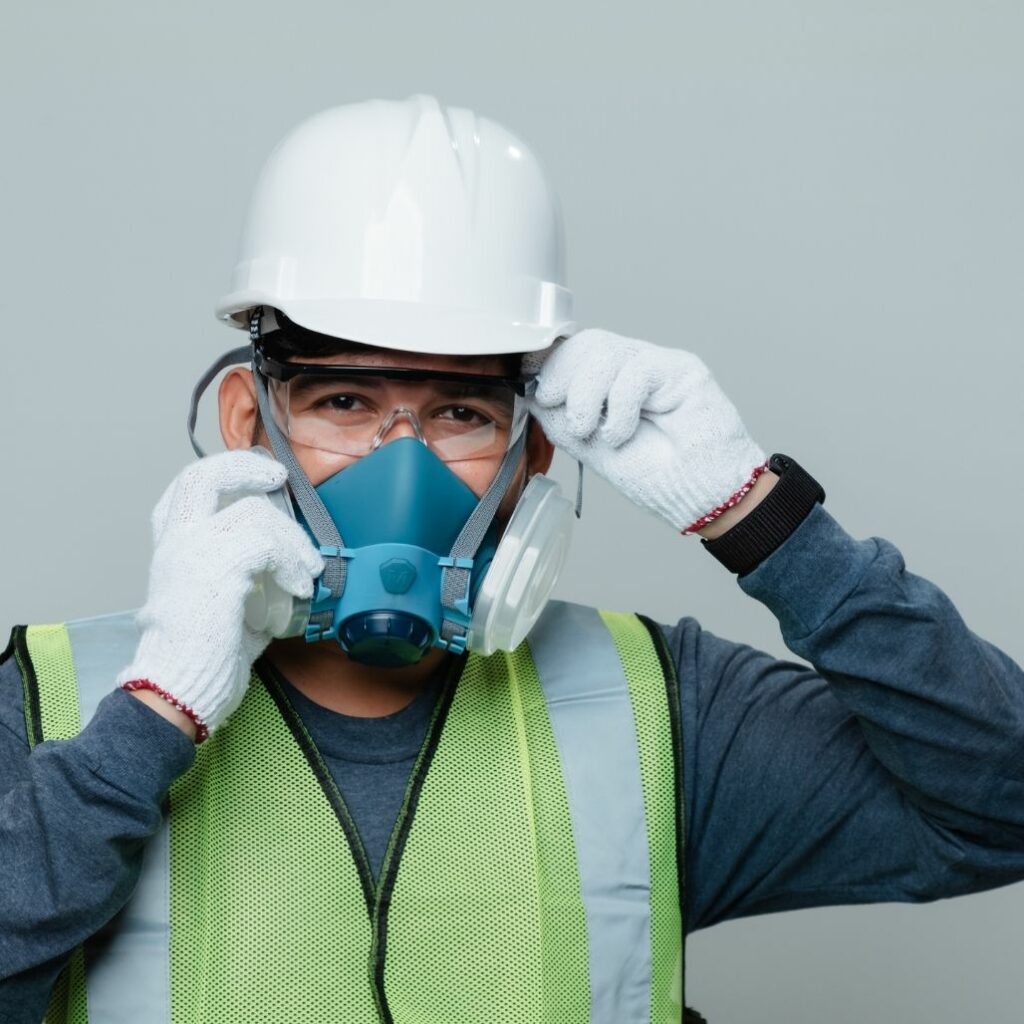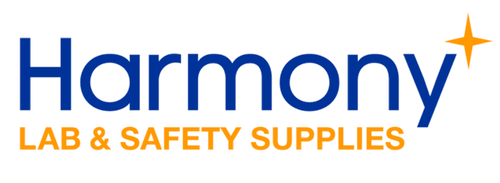3 Common Respirator Myths Busted

Respirators protect the wearer from inhaling harmful substances, including infectious particles and chemical vapors.
With varying degrees of protection, respirators are available in many different types. While particulate respirators are used to filter only particles (dust and mist, for instance), chemical cartridge respirators (also known as “gas masks”) actually purify the air while you inhale.
Finding the proper respirator to suit your needs will depend on the nature of your application.
As importantly, you’ll also need to carefully follow the device’s guidelines to ensure complete protection during use.
Some myths surround the proper ways to wear, use, and enforce respirators, many of which can be dangerous if believed.
Here, we’ve collected and debunked some of the most common respirator myths:
3 Reusable Respirator Myths
Respiratory Protection at Your Company
MYTH: My company doesn’t need a respiratory protection program if employees wear masks voluntarily.
TRUTH: The Occupational Safety and Health Administration (OSHA) sets forth requirementthatch employers must follow to keep individuals safe against exposure of harmful air pollutants.
Specifically, OHSA has a Respiratory Protection Standard which enforces respirator regulations. For instance, in settings where employees could be exposed to harmful fumes, vapors, smokes, sprays, and mists, the company must have a documented plan to explain how the respiratory protection program will be governed.
This should also include procedures, specific types of equipment to be worn, care and use, and medical evaluations for employees to verify their ability to wear respirators. Thus, even if your employees willingly wear respirators, government regulations still require you to have a plan in place.
Respiratory Protection and Facial Hair
MYTH: My facial hair won’t hinder respirator effectiveness.
TRUTH: It’s possible that beards and mustaches could leave you more exposed to air pollutants.
Here’s what you need to keep you fully protected, the respirator needs to form an air-tight seal against your skin. Beards, clothing, and any other blockage preventing the seal from coming into direct contact with your skin can become an issue.
By preventing a tight seal or blocking the exhalation valve, facial hair can allow contaminated air to leak into your respirator.
Reusable Respirators and Maintenance
MYTH: I don’t need to change my respirator’s cartridge until I can smell the chemical while wearing it.
TRUTH: Certain types of respirators use cartridges to purify the air.
While they offer a high level of protection, they become less effective over time as the cartridge wears out. Thus, waiting until the cartridge is no longer working essentially defeats the purpose of wearing a respirator, as it no longer protects the wearer effectively.
Moreover, using employees’ ability to detect smells is an unreliable method for changing cartridges, as they may be less sensitive to the fumes after working with them for a long time.
OHSA mandates that employers have a cartridge change schedule in place, so they can be replaced before losing their effectiveness.
Where can you buy reusable respirators?
If you need reusable respirators to protect your employees, look no further than Harmony Lab and Safety Supplies.
Dozens of options are available online to accommodate every application, and a product specialist can help you if you’re unsure which model is suitable for your needs.
